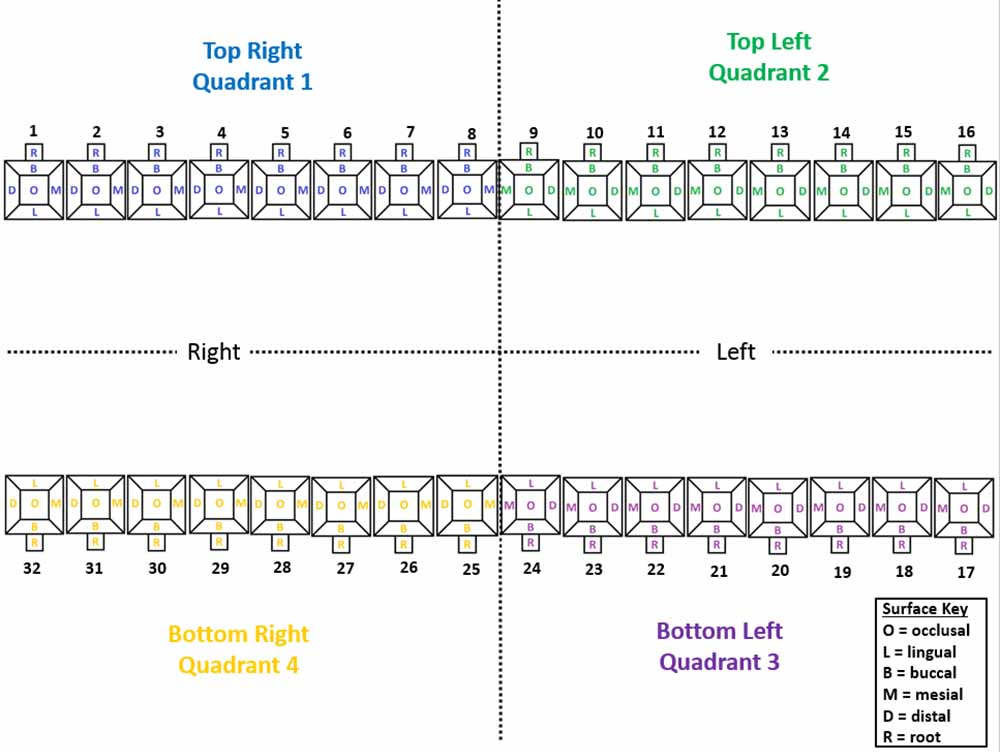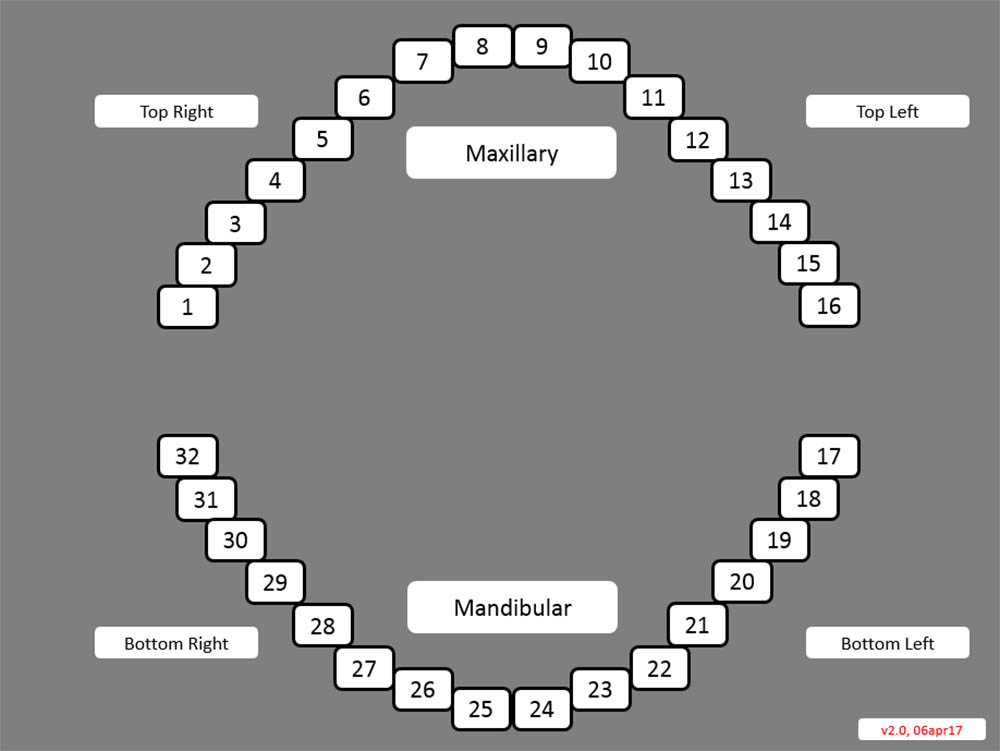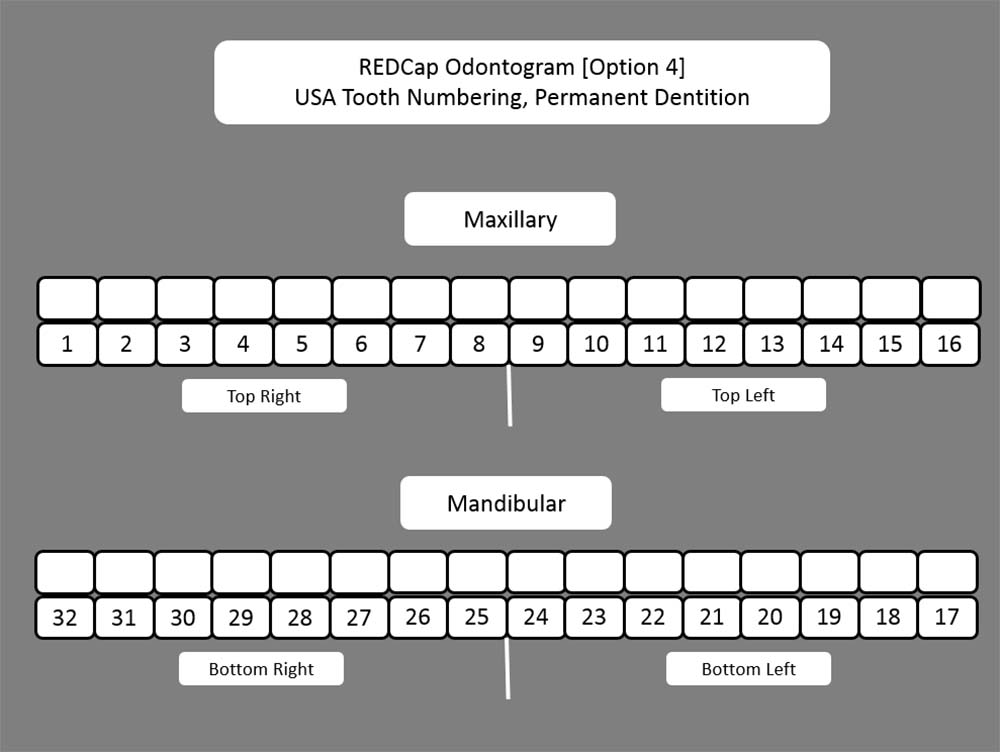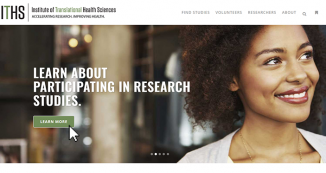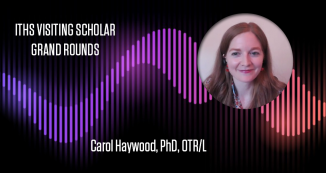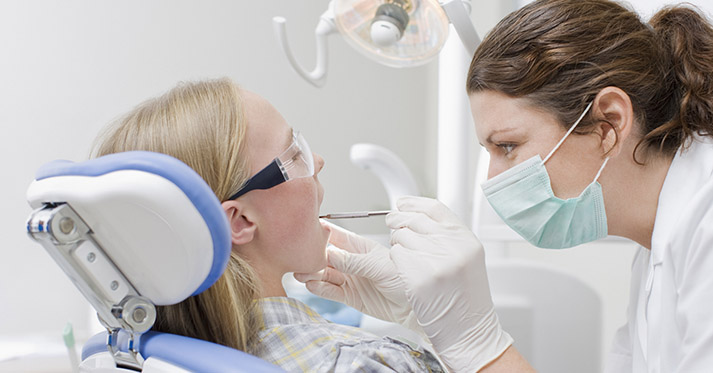
20 Mar Eliminating barriers to research, one tool at a time
Answering complex healthcare questions often requires input from many disciplines. For Christy McKinney, PhD, MPH, researcher and associate professor of pediatrics in craniofacial medicine at the UW and investigator at Seattle Children’s Research Institute, this meant reaching out to programming and data experts to design a tool which could better capture her research data.
Dr. McKinney is working on a study to determine the extent to which children are exposed to chemicals in plastic (such as Bisphenol A, commonly known as BPA) from dental treatment. The study required the team to collect data on BPA content found in the participants’ urine before and after a dental procedure. An important part of recruitment for this study was to involve children with varying amounts of dental treatment. Data regarding BPA content and dental treatment was recorded in a research compliant software called REDCap (Research Electronic Data Capture), but the input process was a bit clunky. “We did not have a good way to capture dental treatment data,” said Dr. McKinney.

Christy McKinney, PhD, MPH
It takes research staff a lot of time to record details of the dental work. It occurred to Dr. McKinney that this process could be expedited for her and for anyone else in the field if there was a clickable chart that reflected all the potential surfaces within a patient’s mouth. This type of chart, known as an “odontogram,” can look different among types of dental treatment, however the general set-up is familiar to dentists and dental researchers. For Dr. McKinney’s study, the odontogram is used to capture what type of dental treatment each research participant received.
“We thought about how much easier it would be if we did not have to enter data individually for every single surface, tooth, and type of filling; what if we had something clickable?” thought Dr. McKinney. Earlier in her career, McKinney was funded by the ITHS KL2 Translational Research Scholars program; now, she is co-director of this program, working regularly with ITHS and our various resources. As an active member of this community, Dr. McKinney knew that ITHS is primed for addressing these types of challenges. She began by engaging Biomedical Informatics (BMI) services manager Bas de Veer in a conversation about what types of tools they could build that might help her collect accurate data more quickly. Mr. de Veer manages BMI consultations for ITHS and is also an expert in REDCap.
This is a classic biomedical informatics problem
“This is a classic biomedical informatics problem,” stated de Veer, “we have a researcher who comes to us looking for a means to display clinical information in a comprehensive way and it becomes our project to overcome the technical challenges, code it properly, and make it visually attractive.”
The first step in solving this problem was to reach out to the REDCap consortium, a network of over 2000 installations world-wide. It turned out that at Stanford University Dr. Ming-Chih J Kao and Professor Sean Mackey had developed a similar tool in the form of a body map. Mr. de Veer was able to reach out to the developer, Andrew Martin, PhD, and collaborate on expanding the tool to include an image of teeth. Mr. de Veer and Deric Ruhl, with the UW libraries, adapted the plugin as needed to function properly on the ITHS server. The final interactive odontogram has 394 clickable data collection points that correspond directly to parts of the teeth’s surface. (See the final odontogram below). Individual patient data is recorded in REDCap.
The final product: a clickable odontogram in REDcap
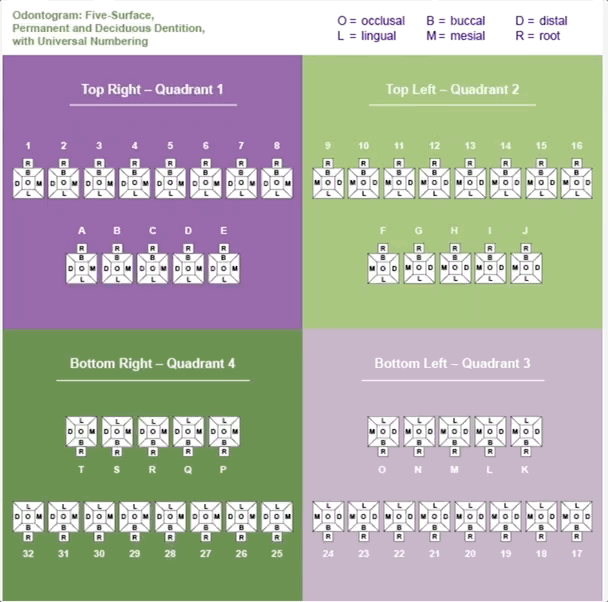
Using this tool to record data helps eliminate a whole layer of data entry. For example, in a research study involving dental caries (tooth decay), a researcher would record the data by hand in a similar diagram, then enter it into a database. That entering process is time consuming and opens the study up to potential human error. With a clickable odontogram, this data only needs to be recorded once and is already in a form that can be exported for research analysis.
A lot of consideration went into how the odontogram would look and what the experience would be like for the user. For example, the team wanted to use a diagram that was familiar to dentists to increase usability. So dentist researchers Drs. Ana Lucia Seminario and Amy Kim provided input on the visual makeup of the tool. They also involved a graphic designer to ensure each clickable box was about the same size and the color-coding was discernable to those with colorblindness. The images to the left show some of the visual evolutions in tool development.
To verify the accuracy of data captured in this new way, Dr. McKinney had her research team enter data twice: once in the traditional way and again using the new clickable odontogram. Using the new tool was 99.9% as accurate as the more traditional method, as determined by Brian Leroux, PhD, professor in Oral Health Sciences and Biostatistics, who conducted the reliability testing. Overall, the team was made up of experts from a variety of fields including epidemiology, bioinformatics, dentistry, biostatistics, graphic design, and computer programming.
If this tool becomes popular among researchers, the team may look at ways to increase its utility such as having multiple recordable data points on each surface. For now, it is still in the pilot phase and we are interested in hearing how you might be able to use it in your research data collection! The tool is currently available to any REDCap user as part of an external module called “Image Map,” where you can choose between the full odontogram, a single tooth map, and a single tooth surface. External modules allow developers and REDCap users to build out applications and share them amongst each other. Check out our page on external modules for more information. So far, this module has been downloaded to over 60 REDCap installations.




